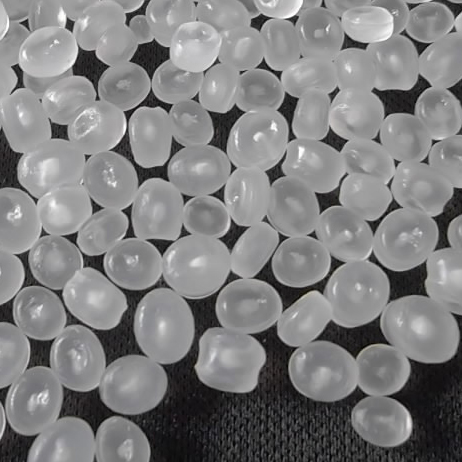Polypropylene (PP) is a versatile thermoplastic polymer made from the polymerization of propylene monomers (C₃H₆). It is one of the most widely used plastics globally, known for its durability, chemical resistance, and versatility. Polypropylene is part of the polyolefin family, similar to polyethylene, but with unique properties that make it suitable for different applications.
Key Properties of Polypropylene (PP):
– Lightweight: Polypropylene has a low density, making it one of the lightest plastics available.
– High Chemical Resistance: It is resistant to many chemicals, including acids, bases, and solvents, making it useful in packaging and industrial applications.
– Durability: PP has good resistance to wear and tear, and it is relatively tough and resilient to impact.
– Heat Resistance: It can withstand high temperatures without deforming, making it useful in applications requiring heat resistance, such as microwavable containers.
– Flexible and Tough: While strong, PP can also be made into flexible products, such as fibers and films.
– Translucent: Naturally translucent, though it can be colored or made opaque with additives.
Types of Polypropylene:
1. Homopolymer Polypropylene:
– The most common type, with a high strength-to-weight ratio.
– Used in packaging, textiles, and plastic parts.
2. Copolymer Polypropylene:
– Contains small amounts of other monomers (like ethylene) to enhance toughness and flexibility.
– Used in applications requiring more impact resistance, such as automotive parts and industrial containers.
Common Applications:
– Packaging: Polypropylene is widely used in packaging for food, pharmaceuticals, and consumer products. It’s common in plastic containers, caps, and wrappers.
– Automotive Parts: Due to its toughness and resistance to fatigue, PP is used in bumpers, dashboards, and battery cases.
– Textiles: Polypropylene is used in synthetic fibers, such as those in carpets, rugs, and non-woven fabrics like those used in masks and filters.
– Household Goods: Products like toys, storage bins, and plastic furniture are often made from polypropylene.
– Medical Equipment: Polypropylene’s ability to withstand sterilization processes makes it ideal for syringes, pill bottles, and medical packaging.
– Reusable Containers: PP’s durability and heat resistance make it perfect for microwavable containers, lunch boxes, and reusable water bottles.
Advantages of Polypropylene:
– Affordable and widely available.
– Excellent balance of strength, durability, and flexibility.
– Good resistance to chemicals and heat.
Polypropylene’s combination of toughness, flexibility, and chemical resistance makes it an essential material across many industries, from packaging to automotive and beyond.










